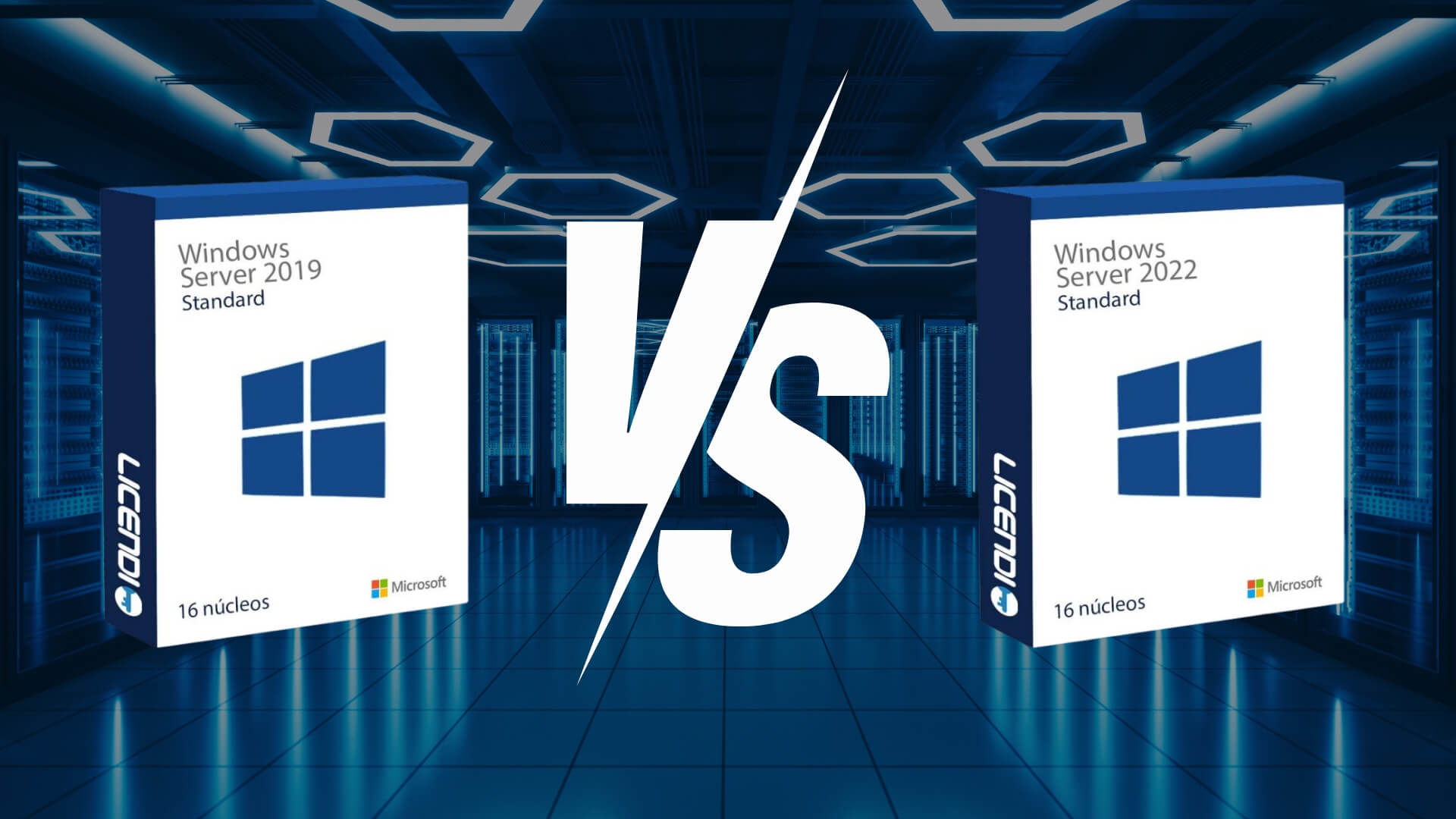In the ever-evolving technological landscape, businesses are constantly seeking ways to enhance efficiency and scalability to stay competitive. Windows Server 2019, the latest iteration of Microsoft's server operating system, introduces a range of innovative features designed to address these needs. By leveraging these new capabilities, organizations can optimize their IT infrastructure, improve operational efficiency, and scale their operations effectively.

- Enhanced Storage Solutions
Storage is a critical component of IT infrastructure, and Windows Server 2019 brings significant advancements to address modern storage demands. Storage Spaces Direct (S2D) is a standout feature that allows businesses to create highly available and scalable storage pools using local storage resources. By leveraging software-defined storage, S2D provides improved performance and redundancy, ensuring data accessibility and protection even in the event of hardware failures.
Storage Replica further enhances storage capabilities by offering block-level replication for disaster recovery and data availability. This feature supports both synchronous and asynchronous replication, enabling organizations to replicate data between servers or sites. This ensures that critical information is preserved and accessible, even in the event of a major outage or disaster.
- Advanced Virtualization with Hyper-V
Virtualization is a cornerstone of modern IT environments, and Windows Server 2019 enhances virtualization capabilities with several key improvements. Hyper-V remains a robust platform for managing virtual machines, with new features that drive efficiency and flexibility.
Nested Virtualization is one of the notable enhancements, allowing organizations to run Hyper-V inside virtual machines. This feature is particularly valuable for development and testing environments, as it provides a flexible and isolated space for experimenting with virtualization technologies without requiring additional physical hardware.
Performance improvements in Hyper-V, including better support for Linux-based virtual machines, contribute to overall efficiency. Enhanced integration services streamline the management of virtual environments, ensuring that businesses can leverage virtualization to its full potential.
- Streamlined Management with Windows Admin Center
Efficient management of IT infrastructure is crucial for maintaining operational effectiveness, and Windows Server 2019 introduces Windows Admin Center as a centralized management tool. This intuitive platform provides a unified interface for overseeing server operations, configuring settings, and monitoring performance.
Windows Admin Center consolidates management tasks into a single dashboard, simplifying administrative workflows and reducing the need to switch between multiple tools. This centralization not only enhances operational efficiency but also ensures that IT teams can respond quickly to issues and maintain control over their infrastructure.
- Improved Security Features
Security is a top priority for any organization, and Windows Server 2019 addresses this need with several advanced features. Windows Defender Advanced Threat Protection (ATP) offers comprehensive protection against sophisticated threats by leveraging behavioral analytics and machine learning. ATP helps detect, investigate, and respond to potential security breaches, ensuring that organizations are safeguarded against evolving cyber threats.
Shielded Virtual Machines (VMs) provide additional protection for virtualized environments by using encryption and a trusted platform module (TPM) to safeguard virtual machines from unauthorized access. This feature is essential for ensuring that sensitive data and applications running in virtual environments remain secure.
- Scalable and Flexible Deployment
Scalability is a key requirement for growing businesses, and Windows Server 2019 offers flexible deployment options to meet diverse needs. The operating system supports a range of deployment scenarios, including on-premises, virtual, and cloud environments.
Integration with cloud platforms, such as Microsoft Azure, provides organizations with the ability to extend their on-premises infrastructure to the cloud, allowing for seamless scalability and access to additional resources. This hybrid approach enables businesses to adapt their IT infrastructure to changing demands and take advantage of cloud-based services as needed.
Conclusion
Windows Server 2019 introduces a suite of new features designed to drive efficiency and scalability for businesses. From advanced storage solutions and enhanced virtualization capabilities to streamlined management and improved security, this release provides organizations with the tools they need to optimize their IT infrastructure. By leveraging the benefits of Windows Server 2019, businesses can achieve greater operational efficiency, respond effectively to growth, and maintain a competitive edge in the modern digital landscape.